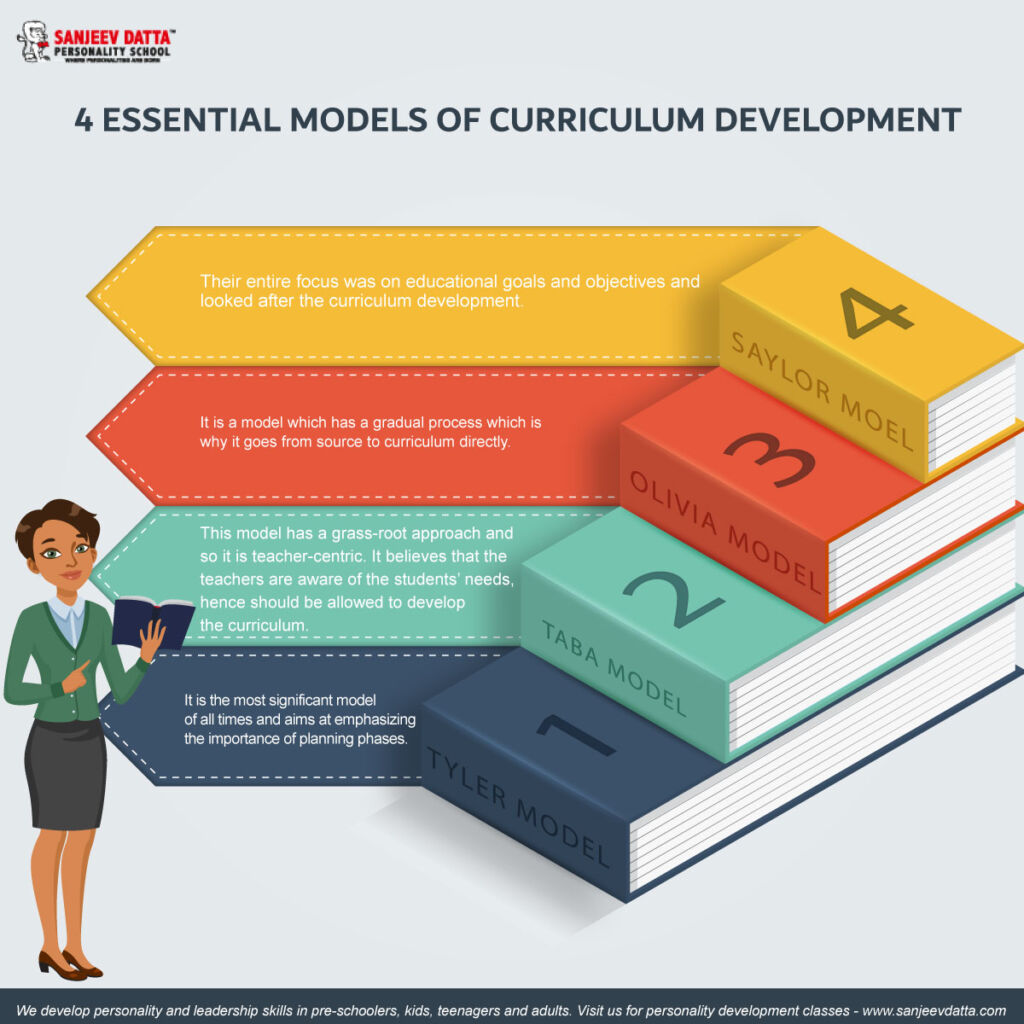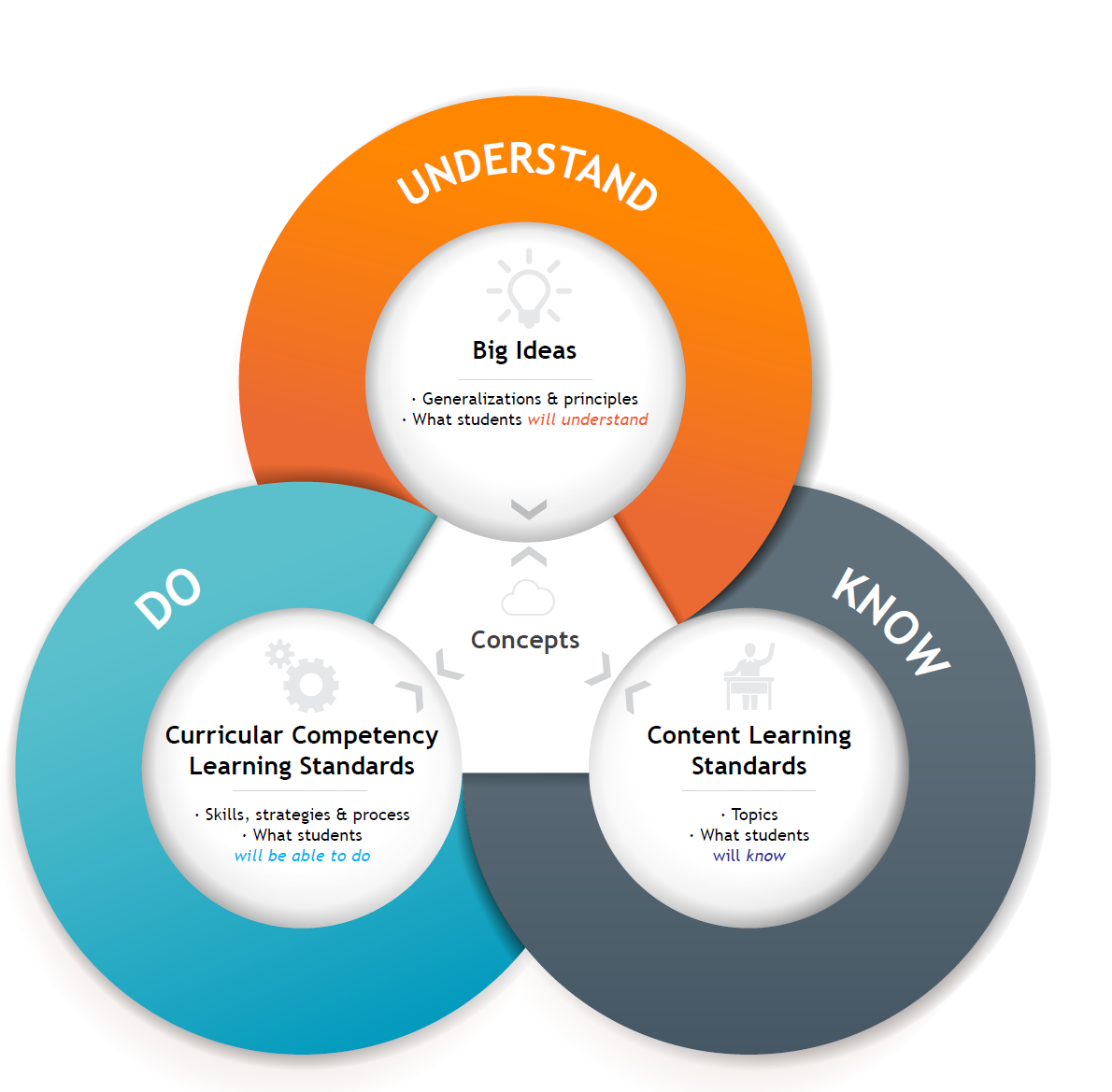Table Of Content

The selection of instructional strategies and activities should be guided by knowledge of learners and should recognize and build on individual differences in students’ interests, understandings, abilities, and experiences. Instruction should take into account common naive concepts held by students, as well as the effects of their cultural and experiential backgrounds on their learning. It also should reflect the teacher’s own strengths and interests and consideration of available local resources. Activities and strategies should be continually adapted and refined to address topics arising from student inquiries and experiences.
Curriculum Development and the 3 Models [+ Free Course Plan Template]
A thoughtful course plan is an essential piece of the instructional design process. Not only does it help you track progress towards your learning objectives, it ensures lectures are balanced with adequate opportunities for reflection, application of knowledge and community building. Here are a few questions to ask yourself pertaining to your learning objectives, assessments and course content.
Instructional Systems and Learning Technologies College of Education, Health, and Human Sciences - Florida State University
Instructional Systems and Learning Technologies College of Education, Health, and Human Sciences.
Posted: Fri, 29 Sep 2023 15:57:04 GMT [source]
How can Effective Curriculum Design Improve Student Learning?
These principles are the foundation of a curriculum that is proven to result in student learning. First, people learn best when they are actively engaged in the learning process. When students are involved in choosing and designing their own learning activities, they are more likely to be interested and motivated to learn. One way in which conservation can be used in the curriculum is by incorporating recycling into lessons. For example, math can be used to calculate how much money was saved by recycling materials instead of buying new ones.
Advantages of the Learner-Centered Curriculum Design

This curriculum design refers to the organization of curriculum in terms of separate subjects, e.g., geography, math, and history, etc. This has been the oldest school curriculum design and the most common in the world. The subject-centered design was adapted by many European and African countries as well as states and districts in the United States. An examination of the subject-centered curriculum design shows that it is used mainly in the upper elementary and secondary schools and colleges. Frequently, laypeople, educators, and other professionals who support this design received their schooling or professional training in this type of system.
Monitoring and Evaluating Curriculum Effectiveness
Lifelong learning experiences can provide teachers with the opportunity to continually consider and contribute to the evolving knowledge base of teaching and learning (NRC, 1996). Table 7-4 summarizes the emphases of professional development programs that promote understanding. With a Bachelor’s degree, entry-level opportunities may be open to you if you have expertise in a particular subject (languages, social-emotional learning, science, technical knowledge, etc…). A Training and Development Specialist or Manager may not require advanced degrees. Training and development specialists design and implement instructional programs for companies' employees.
Learner-centered curriculum design
What teachers know and believe will influence their interpretation and enactment of new ideas for teaching. One of a teacher’s primary responsibilities is to select and develop significant and meaningful problems, learning experiences, projects, and investigations for students. Such experiences prompt the learner to see past the surface features of a problem to deeper, more fundamental principles. They “lend themselves to multiple solution methods, frequently involve multiple representations, and usually require students to justify, conjecture, and interpret” (Silver and Smith, 1996, p. 24).
FTCC Business Department adds new Baking & Pastry Arts curriculum BizFayetteville - Greater Fayetteville Business Journal
FTCC Business Department adds new Baking & Pastry Arts curriculum BizFayetteville.
Posted: Tue, 23 Apr 2024 13:38:11 GMT [source]
Whether it’s peers with whom you can collaborate or mentors that will provide you with guidance and advice, making contact with fellow curriculum designers, educators and other instructional professionals is a vital step in your career. Look for opportunities to introduce yourself and connect with others at school or in the organizations in which you work or volunteer. Developing, designing and implementing an education curriculum is no easy task—especially with online and hybrid learning.
Why Is Empathy Essential for Effective Classroom Communication?
Thus, the core curriculum constitutes the segment of the curriculum that teaches concepts, skills, and attitudes needed by all individuals to function effectively within the society. Depth provides students with a focused learning experience, while breadth exposes them to a variety of topics and allows for connections across disciplines. When combined, depth and breadth create a well-rounded learning experience that better prepares students for college and the workforce.
What Does a Professional Curriculum Designer Do?
Aspiring curriculum designers may want to incorporate technology into their teaching as early as possible in order to develop expertise. You may want to strengthen your background by taking some business classes as well as courses in instructional design. Curriculum design processes are essential to effective learning experiences across education and professional contexts. Without effective curriculum design processes, learners often lack the structure and guidance necessary for optimal learning and organizations lack the ability to effectively measure results and optimize their return on investments.
If a middle school curriculum is designed without taking prior knowledge from elementary school or future learning in high school into account it can create real problems for the students. Curriculum designers are focused on the development phase of instructional design; their work is determining the topics and areas of development (the scope) and the order in which they’re taught (the sequence). The primary goal of curriculum design is aligning learning strategies, materials, and experiences to defined outcomes.
These platforms are currently distinct from content authoring tools used for creating materials, in that they focus solely on the curriculum organization and design, rather than content development and delivery. In addition to standalone curriculum design platforms, many learning management systems are incorporating similar features as part of their capabilities. Curriculum development is the process of determining what students will learn in a specific course of study.
An online master's degree for those who have educational experience and are looking to further their careers with a graduate program focused on curriculum development and design. Based on your career goals and interests, you can choose an educational studies program in one of 10 content areas that meets your needs while working toward employment in school settings, corporate training, or instructional design. New York City was preparing to welcome every student back to in-person learning and had devised a strategy around academic recovery to leverage the ESSER dollars to really accelerate learning as we returned to full in person learning.
To ensure the validity of inferences drawn from tests, a strong program of validity research must be conducted on all externally designed and administered tests. The higher the stakes of the test, the more critical is this research and the more frequently it must be reviewed (AERA/APA/NCME, 1999). It is designed to provide genuine opportunities for high-quality instruction and multiple points of entry into mathematics and science (Au and Jordan, 1981; Brown, 1994; Heath, 1983; Tharp and Gallimore, 1988). Character formation is one of the key principles in effective curriculum design.

No comments:
Post a Comment